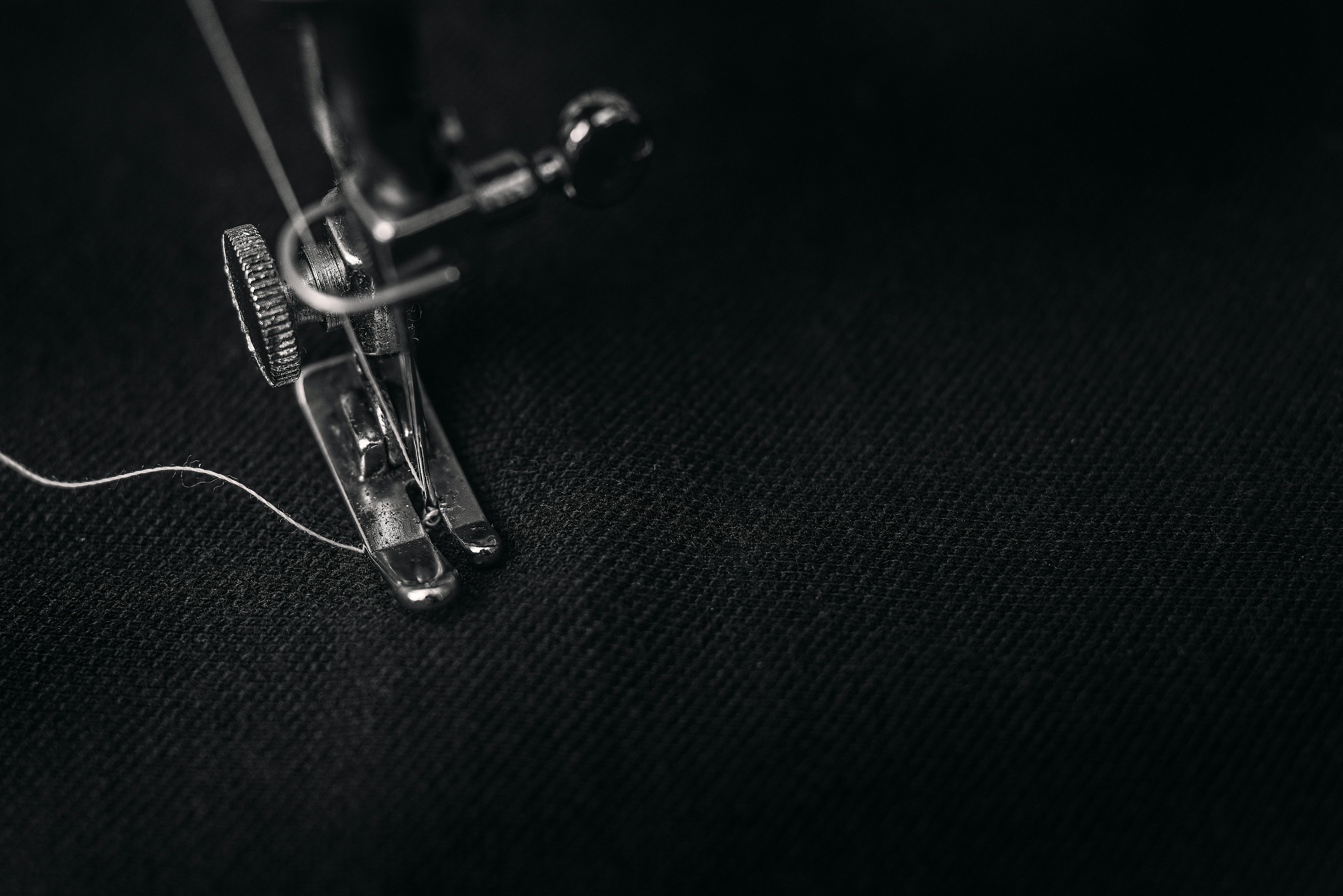That’s right, how to create successful clothing through a constant core desire so strong that the person ultimately achieves success out of necessity or desire. Of course, the next question is what the heck do I mean by that statement? You may have never heard of the old school, but people or human beings were thought to be creatures of habit. I know you want to skip right to the good part about how to start developing these success habits. But we don’t want to reinvent the wheel, so we need to get a few things straight first.
By definition, a habit is a fixed tendency to act in a certain way, a tendency so strong that it can go beyond the control of the will and sometimes beyond the control of consciousness.
Most habits originate from conscious acts. But each time the act is performed, it becomes easier and simpler until eventually it no longer needs special attention. When a baby is first given a spoon and allowed to feed himself, every act is conscious. He carefully picks up the spoon, turns it upside down, takes the food with it, and brings it as precisely as possible to her mouth. Before long, the whole eating thing becomes habitual and she almost takes care of it without thinking.
What happens inside a person when a habit is started. For a long time it was thought that an act repeated several times formed a path through the nervous system. According to this theory, the habit is best developed through exercise or practice. The sight of an approaching baseball sends an impulse from a skillful batter pulling his muscles into action in a calculated manner to hit the ball. Each hit of the ball strengthens the nerve connection that led to the nerve connections that led the batter to swing that particular way. The habit in this sense could be defined as a previous impulse that follows the line of making the least resistance.
There is considerable evidence that this theory is incorrect. If a habit is a path through Rous’s nervous system, then cutting that path would probably destroy the habit. But experimenters tell us that it doesn’t work that way. Psychologists have taught rats to run a maze and then have severed their nervous systems at many points.
This does not seem to destroy the habit that the rats have acquired. It has been possible to destroy a large percentage of the higher brain centers of a rat without breaking a habit. In one case, a rat’s nerves and muscles were severed in such a way that it could no longer turn to the left. When it reached the place in the maze that required a left turn, the rat simply made a three-quarter turn to the right, so that it was heading left again.
A more recent theory of habit formation points to the central desire, need, or craving as the cause, promoter, and fixer of the habit. According to this theory, habits do not repeat themselves due to continuous repetition. The new theory is that a person fixes in his imagination exactly what he expects success to be for him. His mind becomes so strong or his core desire is constantly working tirelessly every day towards his goal, whatever it is. If he dreams of becoming a real estate millionaire, then he will take steps to make it happen.
Time or distance are not important to the individual. What’s important to him is making sure he sets his compass in the right direction, creates the plan, surrounds himself with the right mentors, and then takes massive action!
